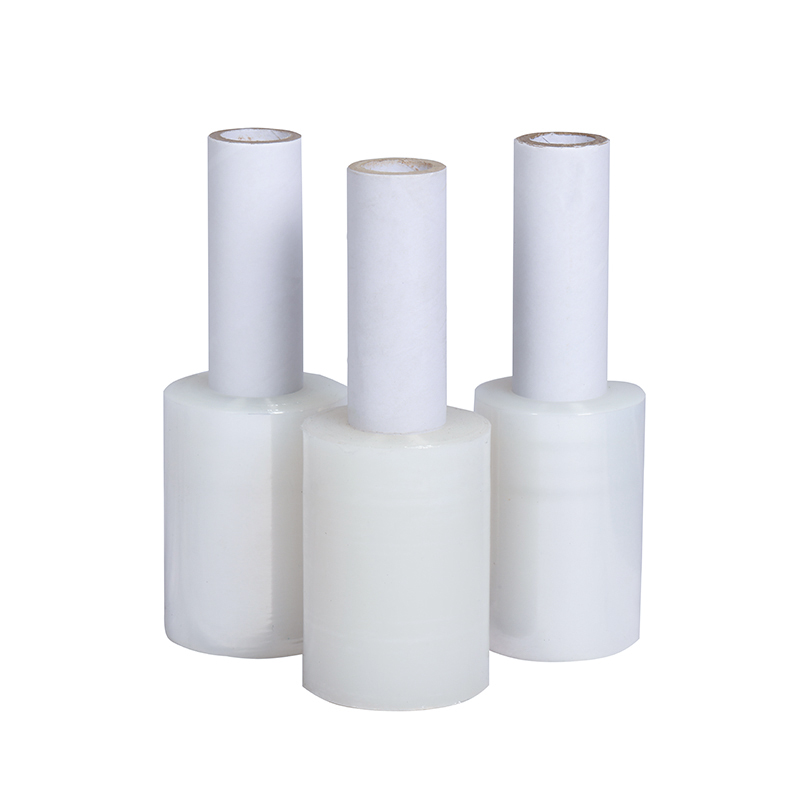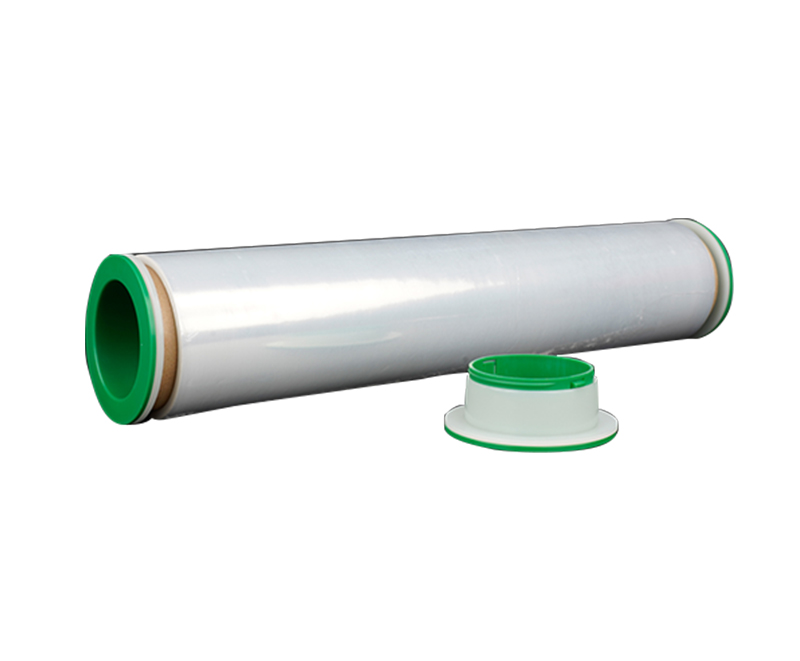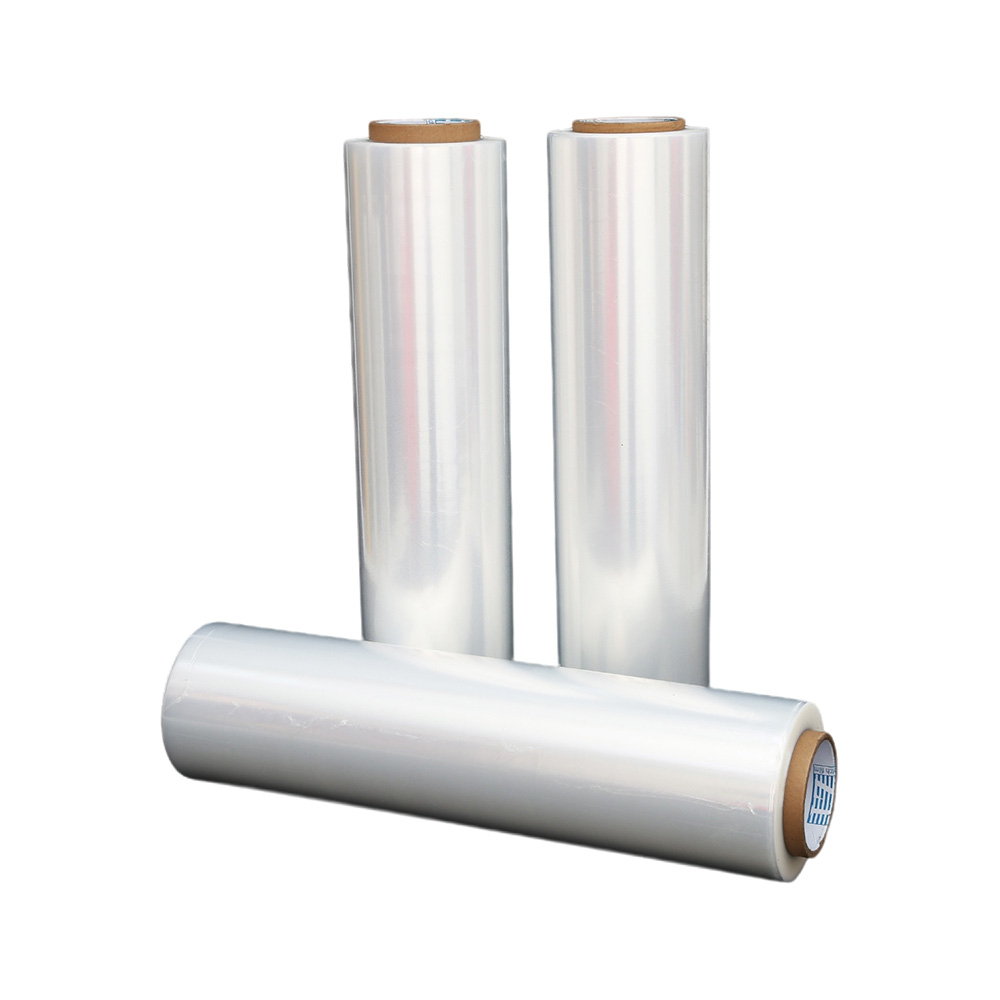Assessing the Life Cycle Impact of Pre-Stretch Film: Key En
Source: Assessing the Life Cycle Impact of Pre-Stretch Film: Key EnTime:2023-06-28Visitors:
Introduction
The selection of pre-stretch film for packaging operations carries significant environmental implications. In this article, we will explore the critical environmental factors that should be considered when assessing the life cycle impact of pre-stretch film. By understanding these factors, purchasers can make informed decisions that align with their sustainability goals.
Extraction and Manufacturing Phase
During the extraction and manufacturing phase, the environmental impact of pre-stretch film begins to take shape. Choosing a responsible pre-stretch film supplier or manufacturer is crucial. Factors to consider include:
- Raw material selection: Different polymers used in pre-stretch film production can have varying environmental footprints. Look for suppliers that prioritize sustainable and recyclable materials.
- Energy consumption and greenhouse gas emissions: Assess the energy efficiency and emissions associated with the manufacturing processes of pre-stretch film. Seek suppliers who prioritize energy reduction and utilize clean energy sources.
- Water usage and pollution: Evaluate the water consumption and potential pollution risks related to the manufacturing of pre-stretch film. Sustainable suppliers employ water management strategies and implement wastewater treatment processes.
Engaging with pre-stretch film suppliers, wholesalers, and manufacturers who demonstrate commitment to environmental stewardship and sustainability is essential. This ensures a responsible choice throughout the life cycle of the product.
Packaging and Distribution Phase
Once the pre-stretch film is manufactured, its environmental impact extends to the packaging and distribution phase. Consider the following factors when assessing the environmental impact:
- Film thickness and weight reduction: Opt for pre-stretch films that prioritize material reduction without compromising load stability. Thinner films reduce material usage and generate less waste.
- Transportation efficiency: Evaluate suppliers' distribution practices and their efforts to optimize logistics. Minimizing fuel consumption and emissions through route optimization and load consolidation is essential.
- Recycling and waste management: Inquire about the availability of recycling programs for post-consumer pre-stretch film waste. Responsible suppliers often collaborate with recycling partners to ensure proper disposal and promote a circular economy.
Collaborating with pre-stretch film suppliers who prioritize sustainable packaging and distribution practices can contribute to reducing the environmental impact associated with these phases.
Use Phase
The use phase of pre-stretch film plays a vital role in determining its environmental impact. Consider the following factors:
- Load stability and reduction of product damage: Pre-stretch film should effectively secure loads, minimizing the risk of injury and reducing waste. Look for films with excellent load containment properties to enhance efficiency and reduce the need for rewrapping.
- Compatibility with recycling streams: Choose pre-stretch films compatible with existing recycling streams. This ensures the film can be effectively recycled, contributing to a more sustainable waste management system.
- Energy consumption during film application: Evaluate the energy efficiency of pre-stretch film application processes. Suppliers offering energy-saving technologies or equipment can help reduce energy consumption and associated environmental impacts.
By selecting a pre-stretch film that excels in load stability, recycling compatibility, and energy efficiency, purchasers can actively contribute to reducing the environmental impact during the use phase.
End of Life Phase
The end-of-life phase of pre-stretch film encompasses its disposal or recycling. Consider the following factors:
- Recycling technologies and infrastructure: Inquire about the availability of recycling technologies for pre-stretch film. Suppliers collaborating with recycling facilities or offering take-back programs facilitate proper recycling and minimize waste.
- Biodegradability and compostability: Some pre-stretch films are designed to be biodegradable or compostable. Evaluate these options' environmental benefits and limitations, considering factors such as degradation timelines and disposal requirements.
- Landfill disposal or incineration: If recycling options are limited, assess the potential environmental impacts of landfill disposal or incineration. Opting for films designed for easy breakdown or lower emissions can minimize negative consequences.
By understanding the pre-stretch film's end-of-life options and environmental impacts, purchasers can make informed decisions that align with sustainable waste management practices.
Case Studies and Comparative Analysis
It is beneficial to examine case studies and conduct a comparative analysis to make a well-informed decision when purchasing a pre-stretch film. Consider the following:
- Comparison of different pre-stretch film options: Evaluate the environmental performance of various pre-stretch films available. Assess their recycled content, carbon footprint, and overall sustainability.
- Assessing the environmental benefits: Compare the ecological benefits of using pre-stretch film with alternative packaging methods, such as traditional stretch film or shrink wrap. Determine the potential reductions in material usage, waste generation, and energy consumption.
By studying case studies and conducting a comparative analysis, purchasers can gain insights into the environmental performance of pre-stretch film options and make informed decisions based on their specific sustainability requirements.
Recommendations for Sustainable Pre-Stretch Film Procurement
Based on the critical environmental factors discussed, here are some recommendations for sustainable pre-stretch film procurement:
- Select environmentally friendly pre-stretch film suppliers: Prioritize suppliers who demonstrate a commitment to sustainability, such as those using recycled materials, implementing energy-efficient manufacturing processes, and supporting recycling initiatives.
- Engage in dialogue with pre-stretch film suppliers: Communicate your sustainability goals and inquire about their environmental practices, certifications, and ongoing efforts to reduce their ecological footprint.
- Collaborate with suppliers for sustainable solutions: Work closely with pre-stretch film suppliers to explore innovative solutions that align with your sustainability objectives. This could involve customized film thicknesses, optimized wrapping techniques, or recycling programs tailored to your operations.
- Promote awareness and education: Educate your team and stakeholders about the importance of sustainable pre-stretch film procurement. Foster a culture of environmental responsibility by encouraging proper film disposal and recycling practices.
By implementing these recommendations, purchasers can contribute to reducing environmental impacts associated with pre-stretch film while supporting suppliers that prioritize sustainability.
Conclusion
Assessing the life cycle impact of the pre-stretch film is essential for responsible procurement decisions. By considering the critical environmental factors throughout the extraction, manufacturing, packaging, distribution, use, and end-of-life phases, purchasers can choose pre-stretch film options that align with their sustainability goals. Engaging with environmentally conscious suppliers, promoting recycling initiatives, and optimizing packaging practices contribute to a more sustainable and environmentally friendly supply chain.
Recommended Products
Ranked in the same article
- how to use the stretch film technology to r
- How can we get detailed price list?
- Five common quality problems of PE protecti
- Plastic film degradation
- How to guarantee punctual shipment for our
- Gauge to Micron and Millimetre Conversion G
- What is the difference between stretch film
- Testing the permeability of stretch film
- Stretch film temperature requirements
- Electrical wire film VS electrostatic film
- Why insufficient transparency of stretch w
Latest news articles
- The Ultimate Guide to Choosing the Right Ma
- Factors affecting viscosity of PE stretch f
- What is the Difference Between Magic Tape a
- Bundling Stretch Film: Optimize Your Packag
- What Properties Ensure Effective Cold Chain
- The 133rd Spring Canton Fair
- The significance of using PE electric wire
- Stretch Film Wrap: Unraveling Its Benefits
- How can PE stretch film be cut better?
- How to check the quality of PE stretch film
- Advantages of white engineering film



